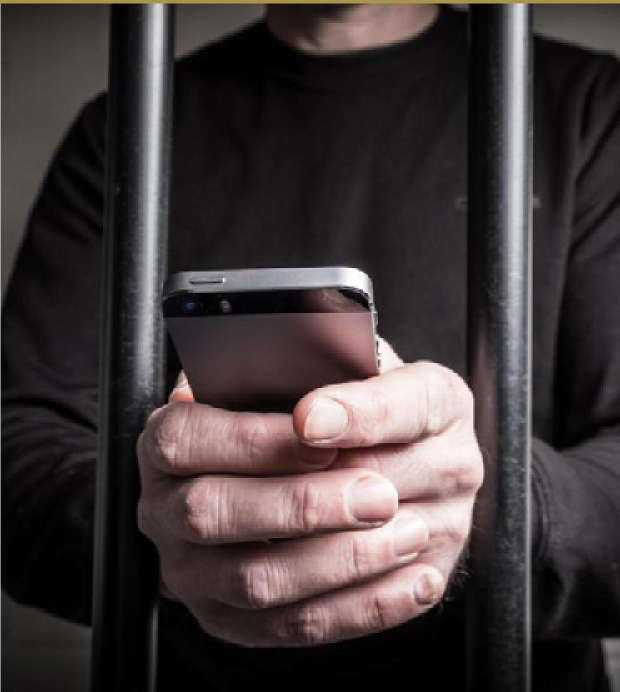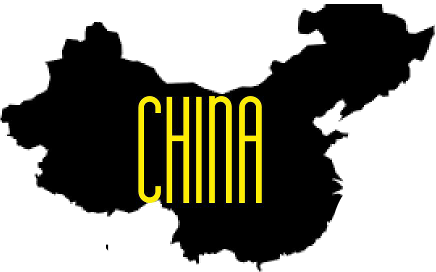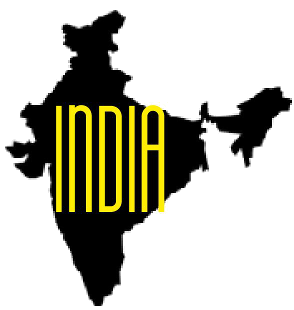
The Whats and Whys
of Smartphone Smuggling

The world of smart technology can be fascinating and exciting. Every year, new devices bring must-have innovations such as the ones we’ve been talking about with the imminent iPhone re- lease. There are some who go as far as to camp outside retailers through the night, and th
en there are some who go even further than that.
In July, a woman was caught smuggling 102 iPhones while trying to clear customs at the airport in the Chinese city of Shenzhen. This was no mean feat; the phones were stacked four deep around the woman’s body, and of cials were only tipped off once they realized the clothing she was wear- ing, ostensibly bulky winter clothing to disguise the bulkiness of the smuggled cargo, was abnormal for travel in the summertime. Who’d have thought?
Smuggling of smartphones (and other luxury goods) is a common occurrence. Although catch- ing someone personally smuggling so many devices is rare, the black/grey markets for them is thriving in many countries, and therefore a steady ow of product must continue. What enables these markets to exist? It is obvious that buying on the black and grey markets is cheaper, but more speci cally, why are the prices so high?
Steep import taxes and duties on smartphones sharply drive prices up in emerging markets such as Brazil, India, and China. Below, we look at the factors in these three countries that are driv- ing smuggling – namely, a combination of high taxes and grey areas that provide an outlet for consumers to get the latest mobile technology cheaper than they would otherwise.

In the case of Brazil, imported technologies such have a 16% tariff addition to federal The Verge reports were lifted on domestically manufactured smartphones, doubtlessly done with an intention to discourage compet- ition with global tech giants like Apple and Samsung. The trade-off here is that manufacturers can see their tariffs diminish by building plants in Brazil, through which they can theoretically be reduced to zero.
Evidently, this hasn’t help the astronomical prices on imported phones fall. Even as of last year, Brazil was named the most expensive place in the world to buy a smartphone. According to The Verge, Brazilian consumers get a hold of devices from well-known brands by taking dedicated shopping vacations to the United States, or by travelling to the Tri-Border region where Argentina, Brazil, and Paraguay come together and tech traders dominate. This combination of high prices and unof cial sales points ensures that smuggling will continue in this region of the world.
Are high tariffs a problem in India? Absolutely. In fact, this summer has seen the introduction of a new tariff smartphones, raising their price by 10%. As we mention elsewhere in this newsletter, this tariff caused a slight hesitation in both the shipment of smartphones and consumer purchases alike. Unlike Brazil, however, it also runs counter to a prior agreement the Indian government made with ITA-1 about exempting particular electronics and telecom parts from duties. This seems to indicate that there is no relief on tariffs for manufacturers operating in India, and that some hold this agreement responsible for “wiping india off the global manufacturing map,” as Times reports.
It remains to be seen what kind of overall effect this will have on phone smuggling into India. We do know of smaller cases: Hong Kong, which is included in first wave ot countries where the iPhone is released, typically sees that device available weeks before India does. Traders seeking to capitalize on the demand use that window to buy H Kong iPhones in bulk and smuggle them b resale in electronics shops.

China sees a share of smuggling specifically with regard to the iPhone. Although it is sold here, the iPhone is not available until a few weeks after its initial release. This window is a prime time for smugglers to make quick money by importing the devices and reselling them at a high markup. The irony here is rich: hundreds of thousands of iPhones are manufactured daily at China’s Foxconn factories, only for millions to be smuggled right back into the country.
A few years ago, YouTuber Casey Neistat made a short film on the phenomenon of Chinese people lining up for the iPhone release in New York. Lines are overtaken with people who buy and then hand off the phones to other people, presumably for resale. Quartz reports that these can fetch up to twice their retail value in Hong Kong. Whether or not these phones have a connection to the ones being smuggled from Hong Kong into India is unclear, although some smuggled phones are then resold again in adjacent Chinese cities.
High duties are similarly levied on imported technology. The phenomenon of smug- gling the iPhone in China sometimes has an extra wrinkle in the form of having its tech- nology of cially approved. China’s Ministry of Industry and Information Technology has the nal say in inspecting components of the iPhones for use and sale. This proved to be an issue in 2014 when concerns were raised about the possibility that the iPhone 6’s technologies could provide a backdoor for government surveillance. We shall see soon whether similar red ags go up for the new iPhone as it potentially introduces new facial recognition technologies.

